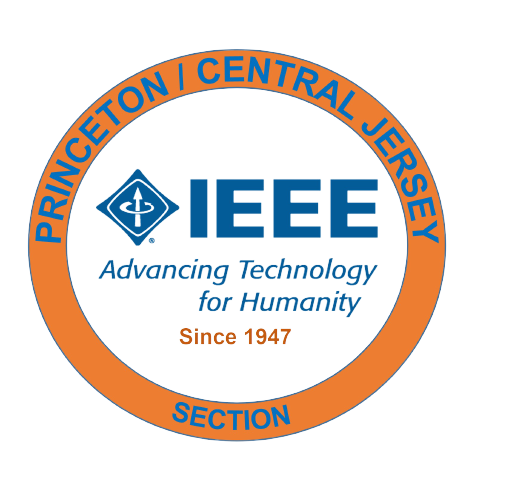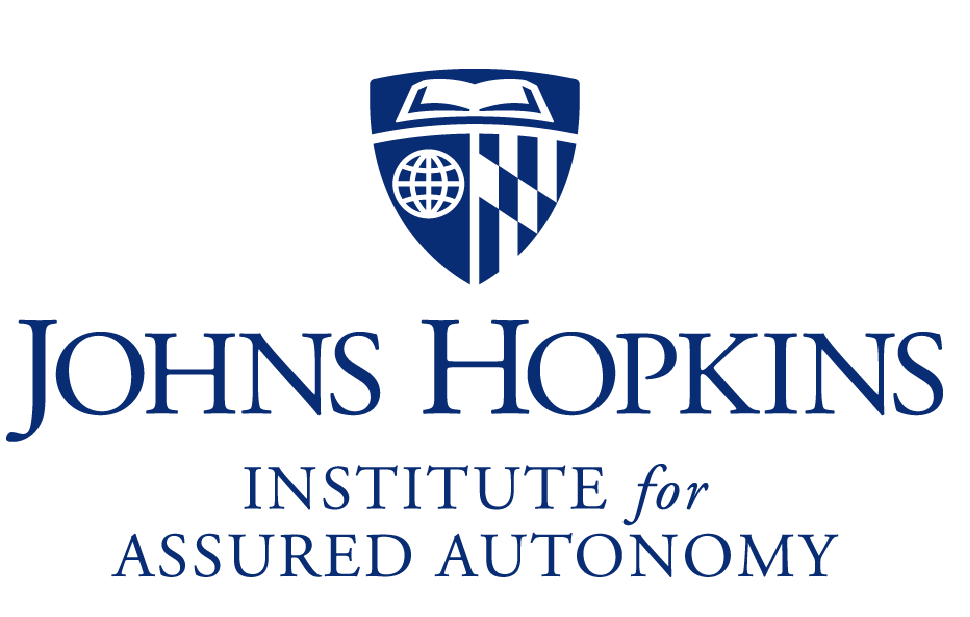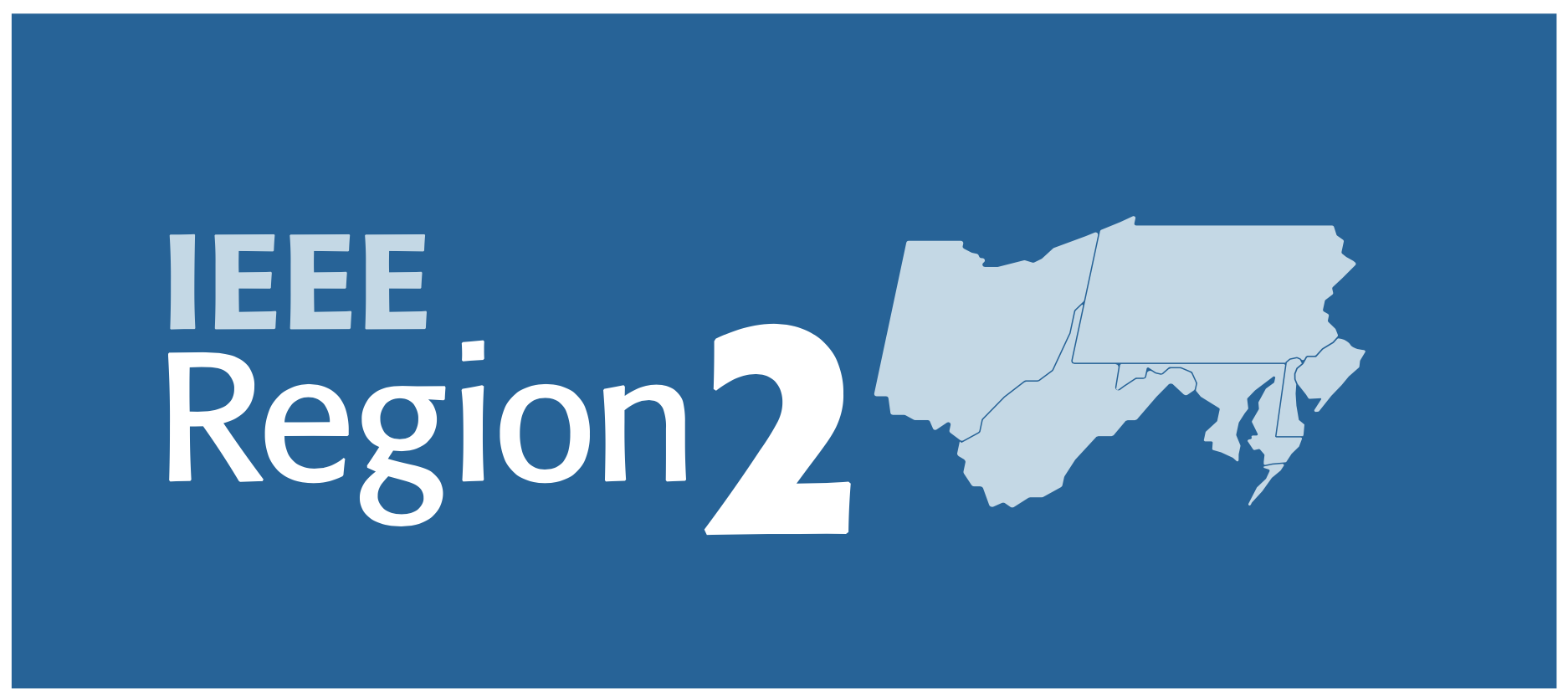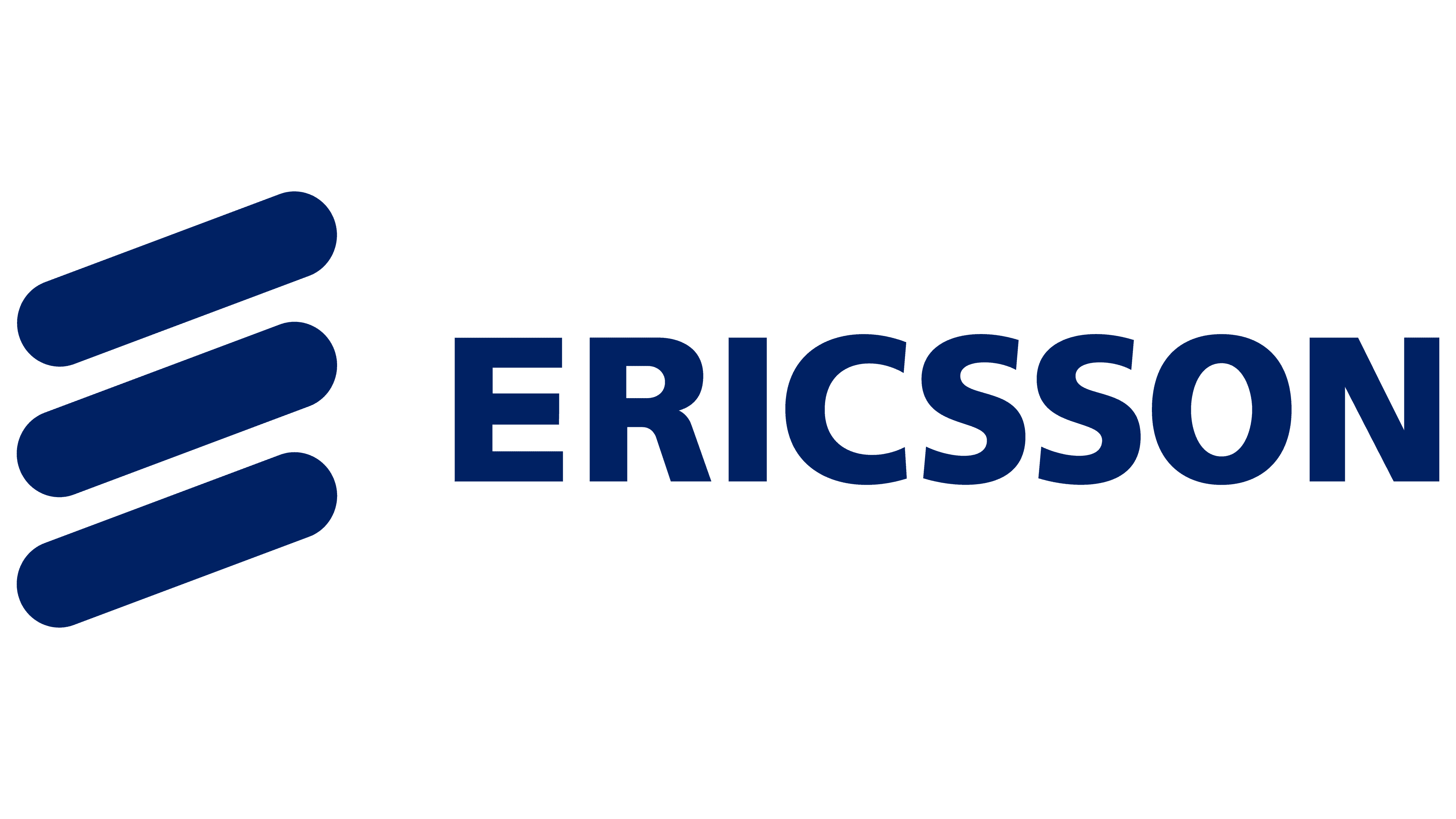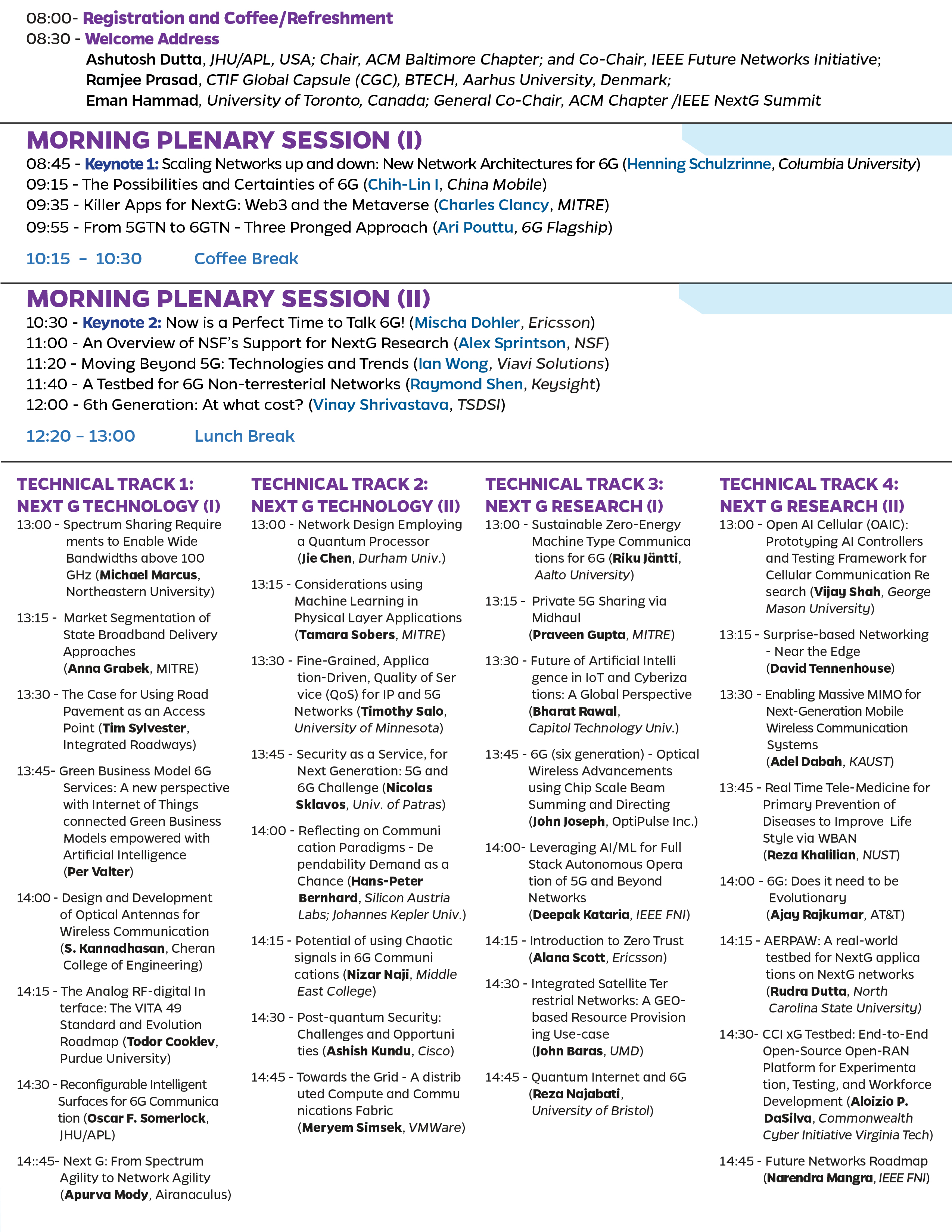• Welcome Address
[Slides]
Ashutosh Dutta, JHU/APL, USA; Co-Chair, IEEE Future Networks Initiative;
Chair, ACM Baltimore Chapter
Ramjee Prasad, CTIF Global Capsule (CGC), BTECH, Aarhus University, Denmark
Eman Hammad, University of Toronto, Canada;
General Co-Chair, IEEE Next G Summit
Keynotes and Plenary Talks
• Scaling Networks up and down: New Network Architectures
for 6G (
Henning Schulzrinne, Columbia University)
[Slides]
• The Possibilities and Certainties of 6G (
Chih-Lin I, China Mobile)
[Slides]
• Killer Apps for NextG: Web3 and the Metaverse (
Charles Clancy, MITRE)
[Slides]
• From 5GTN to 6GTN - Three Pronged Approach (
Ari Pouttu, 6G Flagship)
[Slides]
• Now is a Perfect Time to Talk 6G! (
Mischa Dohler, Ericsson)
[Slides]
• An Overview of NSF’s Support for NextG Research (
Alex Sprintson, NSF)
[Slides]
• Moving Beyond 5G: Technologies and Trends (
Ian Wong, Viavi Solutions)
[Slides]
• A Testbed for 6G Non-terresterial Networks (
Raymond Shen, Keysight)
[Slides]
• 6th Generation: At what cost? (
Vinay Shrivastava, TSDSI)
[Slides]
• The Road to 6G (
Reinaldo Valenzuela, Nokia Bell Labs)
[Slides]
• Beyond 5G Network Customization for US DoD (
Sumit Roy, OUSD R&E)
[Slides]
• Foundational 5G Testbed for NextG/6G Framework Refinement and
Implementation (
Rajeev Gopal, Hughes Network)
[Slides]
• Towards Extreme Band Communications (
Mohamed Slim Alouini, KAUST)
[Slides]
• What 6G Should Learn from 5G: A Measurement Study of 5G mmWave (
Monisha Ghosh, University of Notre Dame)
[Slides]
• Role of Dual Use Technology Approach in Next G
(
Salvador D’Itri, National Spectrum Consortium)
[Slides]
• 6G: The Next Frontier of Wireless Innovation (
Peiying Zhu, Huawei)
[Slides]
Technical Track Talks
Technical Track 1: NEXT G Technology (I)
• Spectrum Sharing Requirements to Enable Wide Bandwidths above 100 GHz (
Michael Marcus, Northeastern University)
[Slides]
• Market Segmentation of State Broadband Delivery Approaches
(
Anna Grabek, MITRE)
[Slides]
• The Case for Using Road Pavement as an Access Point
(
Tim Sylvester, Integrated Roadways)
[Slides]
• Green Business Model 6G Services: A New Perspective with Internet of Things Connected Green Business Models
Empowered with Artificial Intelligence
(
Per Valter)
[Slides]
• Design and Development of Optical Antennas for Wireless Communication
(
S. Kannadhasan, Cheran College of Engineering)
[Slides]
• The Analog RF-digital Interface: The VITA 49 Standard and Evolution Roadmap
(
Todor Cooklev, Purdue University)
• Reconfigurable Intelligent Surfaces for 6G Communication
(
Oscar F. Somerlock, JHU/APL)
• Next G: From Spectrum Agility to Network Agility (
Apurva Mody, Airanaculus)
[Slides]
Technical Track 2: NEXT G Technology (II)
• Network Design Employing a Quantum Processor (
Jie Chen, Durham University)
[Slides]
• Considerations using Machine Learning in Physical Layer Applications
(
Tamara Sobers, MITRE)
[Slides]
• Fine-Grained, Application-Driven, Quality of Service (QoS) for IP and 5G
Networks (
Timothy Salo, University of Minnesota)
• Security as a Service, for Next Generation: 5G and 6G Challenge
(
Nicolas Sklavos, University of Patras)
• Reflecting on Communication Paradigms - Dependability Demand as a Chance
(
Hans-Peter Bernhard, Silicon Austria Labs and Johannes Kepler University)
[Slides]
• Potential of using Chaotic signals in 6G Communications
(
Nizar Naji, Middle East College)
[Slides]
• Post-quantum Security: Challenges and Opportunities (
Ashish Kundu, Cisco)
[Slides]
• Towards the Grid - A distributed Compute and Communications Fabric
(
Meryem Simsek, VMWare)
Technical Track 3: NEXT G Research (I)
• Sustainable Zero-Energy Machine Type Communications for 6G
(
Riku Jäntti, Aalto University)
[Slides]
• Private 5G Sharing via Midhaul (
Praveen Gupta, MITRE)
[Slides]
• Future of Artificial Intelligence in IoT and Cyberizations: A Global Perspective
(
Bharat Rawal, Capitol Technology University)
[Slides]
• 6G (six generation) - Optical Wireless Advancements using Chip Scale Beam
Summing and Directing (
John Joseph, OptiPulse Inc.)
[Slides]
• Leveraging AI/ML for Full Stack Autonomous Operation of 5G and Beyond
Networks (
Deepak Kataria, IEEE FNI)
[Slides]
• Introduction to Zero Trust (
Alana Scott, Ericsson)
[Slides]
• Integrated Satellite Terrestrial Networks: A GEO-based Resource Provisioning
Use-case (
John Baras, UMD)
[Slides]
• Quantum Internet and 6G (
Reza Najabati, University of Bristol)
Technical Track 4: NEXT G Research (II)

• Open AI Cellular (OAIC): Prototyping AI Controllers and Testing Framework for
Cellular Communication Research
(
Vijay Shah, George Mason University)
[Slides]

• Surprise-based Networking - Near the Edge (
David Tennenhouse, Independent Researcher)
[Slides]

• Enabling Massive MIMO for Next-Generation Mobile Wireless Communication
Systems (
Adel Dabah, KAUST)
[Slides]

• Real Time Tele-Medicine for Primary Prevention of Diseases to Improve
Life Style via WBAN (
Reza Khalilian, NUST)
[Slides]
• 6G: Does it need to be Evolutionary (
Ajay Rajkumar, AT&T)
[Slides]

• AERPAW: A real-world testbed for NextG applications on NextG
networks (
Rudra Dutta, North Carolina State University)
[Slides]

• CCI xG Testbed: End-to-End Open-Source Open-RAN Platform for
Experimentation, Testing, and Workforce Development
(
Aloizio P. DaSilva, Commonwealth Cyber Initiative Virginia Tech)
[Slides]

• Future Networks Roadmap (
Narendra Mangra, IEEE FNI)
[Slides]

